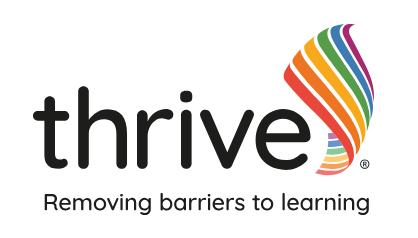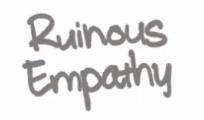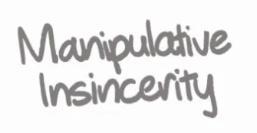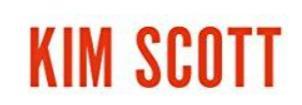


Managing conflict
Careers information, advice and guidance (CIAG)

Part of the BPN Boost provision




Careers information, advice and guidance (CIAG)

Part of the BPN Boost provision
Aim
To explore how self-awareness, communication style and structured dialogue can support the effective management of conflict in the workplace
Objectives
• Recognise how candid communication can both resolve and escalate conflict
• Practise using structured conversation models to address conflict constructively
• Reflect on how to apply conflict resolution approaches to real-life workplace scenarios


(Written in full in resources 1 and 2)
Level 5 (Operations Manager) (resource 1)
K13, K14, K15, S16, S17, B1 and B2
Level 7 (Senior Leader) (resource 2)
K10, K12, K18, K20, S14, S15, S17, S19 and B2


A. Very – I am experienced and successful in a range of situations.
B. Partially – I have some experience and success in managing conflict.
C. Partially – I have some experience but limited success in managing conflict. D. Not at all – I have no (or almost no) experience in managing conflict.


…an adjective that describes someone or something that is straightforward, honest and sincere in expression or action.




…it suggests a lack of pretence or artifice, presenting things in a direct and unfiltered manner.






A. Always – I am 100% candid with myself and others.
B. No – I find being totally candid with myself and others a challenge.
C. Me – I am candid with myself but not always with others.
D. Others – I am candid with others but not always with myself.










What’s the opposite of candid?
What is being too candid?


What about avoiding being candid?









What are the potentially positive/negative consequences of this approach?
Discuss in groups ready to share some feedback
Opposite of being candid: Manipulative insincerity
Being too candid: Obnoxious aggression
Avoiding being candid: Ruinous empathy
Discuss the concept of ‘being candid’
Share/discuss examples where this has worked/might have worked
What are the potentially positive/negative consequences?








1. Master the courage to interrogate reality.



2. Come out from behind yourself into the conversation and make it real.
3. Be here, prepared to be nowhere else.
4. Tackle your toughest challenge today.
5. Obey your instincts.
6. Take responsibility for your emotional wake.
7. Let silence do the heavy lifting.
1.
Name the issue. If you have more than one issue, there has been a failure on your part.
2. Give one, specific example to illustrate the issue.


Carrying out a ‘fierce conversation’
3. Confess your emotion – this shows you are involved/affected by the issue and want to see it resolved quickly.
4. Say what you feel is at stake; honestly (candidly), no matter how difficult.


5. Admit any involvement you may have had (be candid with yourself). This is a very important step.
6. Say ‘I want to resolve this with you’. Show you want to (genuinely) move forward together and are not simply ‘pointing the finger of blame’.


Listen without interruption.


Introduce yourself to the group
Prepare for a ‘fierce’ conversation 1. In your breakout room, share ‘conflicts’ you have/might have 2. Agree on a group ‘conflict’ to focus on 3. Write your opening statement that covers the 7 principles 4. A scribe to paste the statement into chat when we return


Introduce yourself to the group
Prepare for a ‘fierce’ conversation (resource 5)
1. In your breakout room, share ‘conflicts’ you have/might have
2. Agree on a group ‘conflict’ to focus on
3. Write your opening statement that covers the 7 principles
4. A scribe to paste the statement into chat when we return
• Name the issue
• Give one, specific example to illustrate the issue.
• Confess your own emotion.
• Say (candidly) what you feel is at stake.
• Admit any involvement you have had (being candid with yourself).
• Say ‘I want to resolve this with you’.



• Invite the person to put forward their own position
(Why Am I Talking?) Be quiet and listen to them!





“Difficult Conversations: How to Discuss What Matters Most”


Aim
To explore how self-awareness, communication style and structured dialogue can support the effective management of conflict in the workplace
Objectives
• Recognise how candid communication can both resolve and escalate conflict
• Practise using structured conversation models to address conflict constructively
• Reflect on how to apply conflict resolution approaches to real-life workplace scenarios



